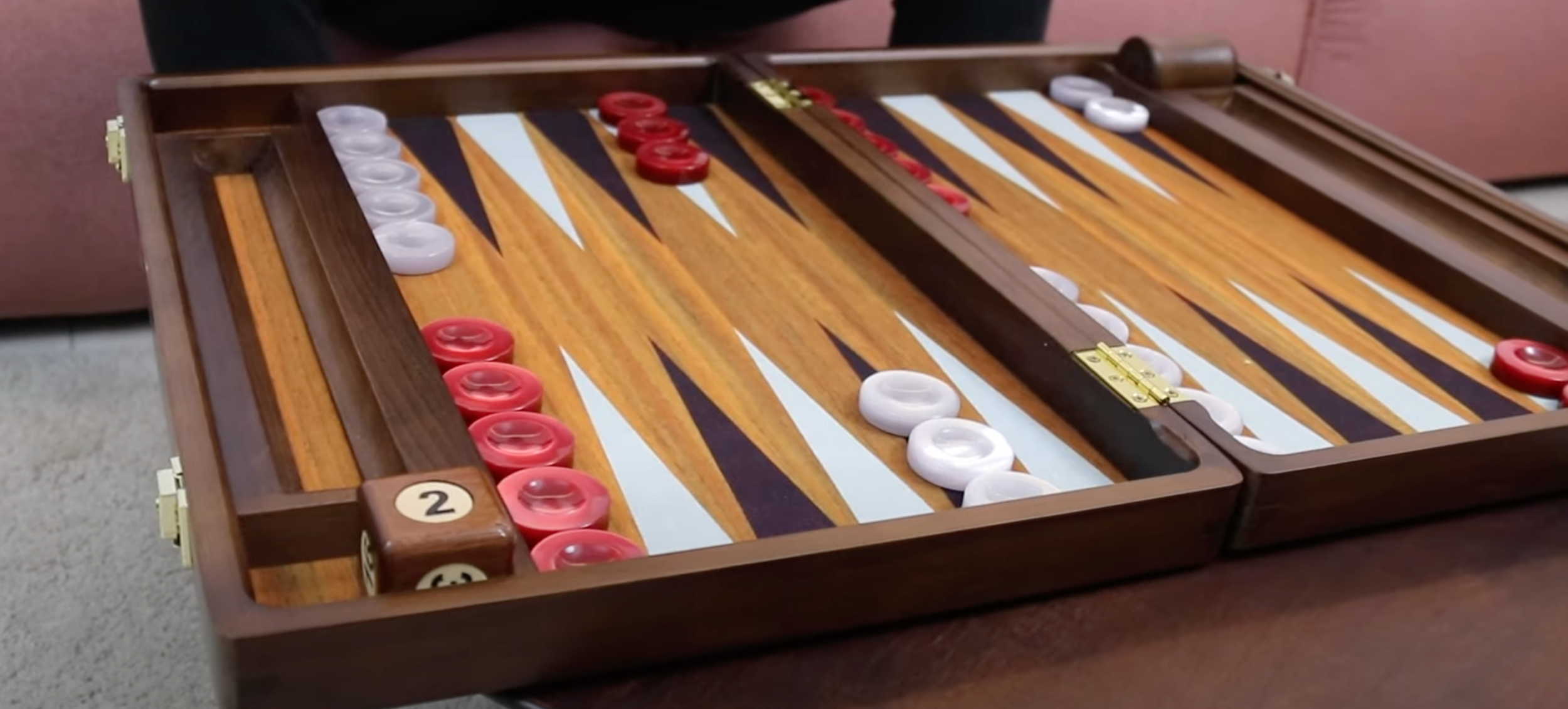How to Use the Backgammon Doubling Cube
Hey, fellow backgammon fans! It's Marc Olsen here. Today, we're diving into the exciting world of the doubling cube – a game-changer that takes backgammon from cool to super cool. This cube adds a twist of complexity and excitement, making the game even more awesome. So, let's unravel the mystery of the doubling cube together.
Think of the doubling cube like raising the bet in poker, but for backgammon. At the start of the game, it's sitting there, waiting to be used – it's not active yet. We usually put it with the number 64 facing up, but it could just as easily show "1" because it doubles the stakes.
Here's the deal: When it's your turn, you can double the stakes before rolling the dice. Once you roll, no more doubling allowed. And during your opponent's turn, no doubling allowed. Imagine you're doing well and want to make things more interesting. You double – that means you're upping the game.
Now, your opponent has a choice – take it or pass. Some say dropping, some say passing and some say folding. So, if they pass, you win one point and they give up. If they take the cube, the stakes double – now you're playing for two points.
After taking the cube and gaining cube ownership, only the player in control of the cube can initiate a redouble. It's important to note that redoubling can only happen step by step, like going from two to four or four to eight – it can't jump. So, let's say you redouble to four. Now it's up to me to decide whether to take it or pass. If I pass, I'll lose two points, matching the initial stake of two points.
If I decide to take it, I gain cube ownership, and the game shifts to be played for four points – this stake is determined by the doubling cube.
Remember, in backgammon's scoring system, a single win, a double win, and a triple win are all possible outcomes, and these are multiplied by the stake. For example, winning a gammon with a cube in play would mean earning two times the stake (eight points), and if it's a backgammon, the win is tripled (12 points) due to the cube's influence.
The doubling cube fits perfectly with backgammon's fast-paced nature. It thrives on the game's ups and downs, adding another layer of strategy to every move.
Now, let's talk math briefly. If you're winning more than 25 percent of the time, taking the cube is smart. Why? Because if you say no and lose, you lose one point. But if you take and win, you gain two points. The difference is three points, so there's a one-to-three ratio of risk versus reward, and that's 25 percent.
To break even, you require a 25 percent chance; if your winning odds exceed 25 percent, taking the cube is wise, but if your chances of losing surpass 25 percent, it's better to forfeit the cube and avoid risking two points.
But there's a twist. If you have the cube, you can redouble, making the stakes even higher. This factor holds significant value, particularly in longer games, as it effectively reduces the take point or doubling threshold to approximately 22 percent, thereby influencing winning probabilities by several percentage points.
It's exciting stuff! Mastering the doubling cube takes practice, understanding the game, and learning the strategy. This is just the start, but it adds a whole new dimension to backgammon.
So there you have it – a journey into the world of the doubling cube in backgammon. Until next time, keep rolling those dice and enjoying the excitement!


